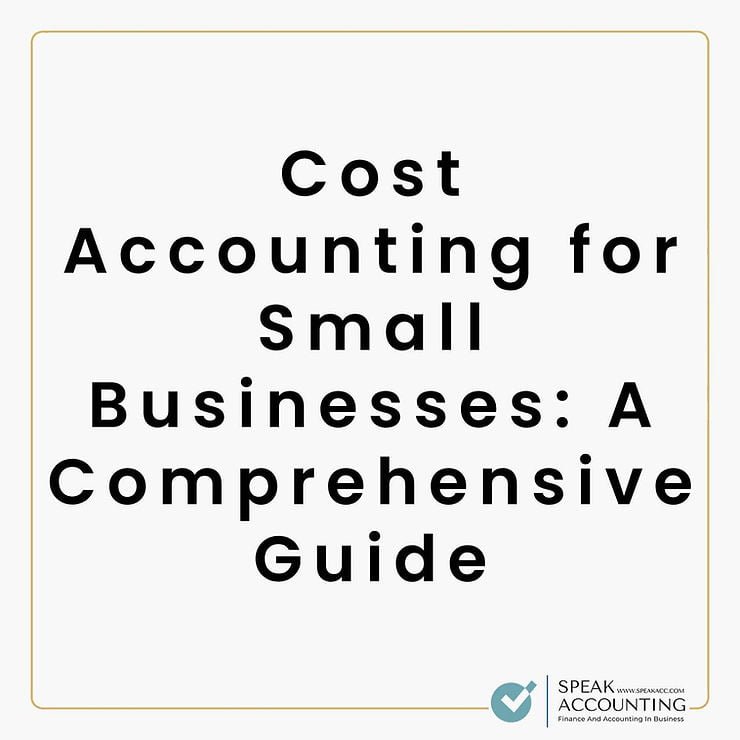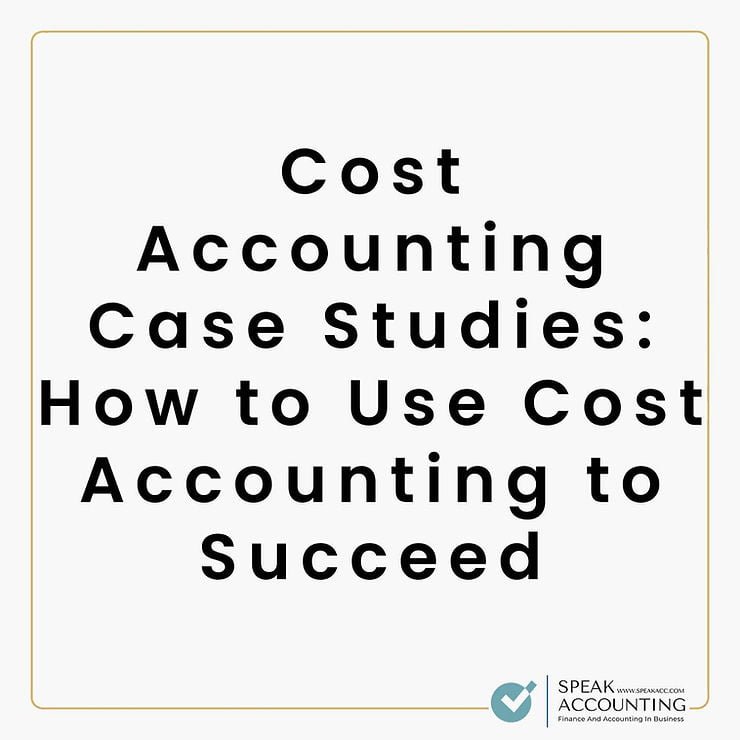Introduction
Cost accounting data is a versatile asset, offering a myriad of ways to enhance business decision-making. This valuable tool isn’t exclusive to large corporations; businesses of all sizes and industries can leverage its power.
From small startups to established enterprises, cost accounting data serves as a guiding light for managers, accountants, and decision-makers. In this blog post, we explore the multifaceted applications of cost accounting data, considering the diverse types of businesses that can benefit from its insights.
Purpose of Cost Accounting
At its core, cost accounting is not just a tool for accountants; it’s a strategic ally for decision-makers across different roles within a business.
From managers steering the ship to accountants ensuring financial accuracy, cost accounting serves as a common ground for informed decision-making.
Types of Cost Accounting
| Type | Key Features | Advantages | Disadvantages |
| Job Order Costing | Tailored for customization, assigns costs to specific orders | Provides detailed cost breakdown for each project | Can be time-consuming for large-scale operations |
| Process Costing | Ideal for mass production, captures costs throughout the process | Simplifies cost allocation for homogeneous products | May not accurately represent costs for each unique product |
| Activity-Based Costing | Aligns costs with driving activities for precise distribution | Provides a more accurate cost distribution for complex operations | Requires detailed data collection, can be resource-intensive |
How to Use Cost Accounting Data to Make Better Business Decisions
Unleashing the potential of cost accounting data involves strategic deployment across various facets of business decision-making.
Pricing Decisions
In the realm of pricing decisions, cost accounting data becomes a compass for businesses to calculate the cost of goods sold and determine an optimal profit margin, ensuring both competitiveness and profitability.
Production Decisions
Cost accounting serves as a guide for production decisions, preventing overproduction or underproduction scenarios, optimizing resources, and maximizing operational efficiency.
Resource Allocation Decisions
Through meticulous cost analysis, businesses can strategically allocate resources, enhancing productivity and minimizing wastage, ultimately contributing to cost savings.
Cost Control Decisions
Regular scrutiny of cost accounting data unveils areas of overspending, enabling businesses to implement effective cost control measures, and ensuring financial sustainability.
Examples of How Cost Accounting Data Can Be Used to Make Better Business Decisions
Example 1: Pricing a New Product
Imagine a company that is about to launch a new smartphone model. In the process of pricing this product, cost accounting data is essential. The company considers the cost of materials, labor, and overhead involved in manufacturing each unit.
Additionally, it accounts for research and development costs, marketing expenses, and a reasonable profit margin. By using cost accounting data, the company can determine the exact cost of producing one unit and set a competitive yet profitable price in the market.
Example 2: Deciding Whether to Make or Buy a Component
Let’s take an automotive manufacturer as an example. The company is considering whether to produce a crucial component, such as an advanced navigation system, in-house or to buy it from an external supplier.
Cost accounting comes into play by comparing the costs associated with in-house production, including materials, labor, and overhead, against the costs of purchasing from an external supplier. This comparison helps the company make an informed decision that aligns with both strategic goals and cost-effectiveness.
Example 3: Deciding How to Allocate Resources to Different Products
Consider a company that manufactures various electronic devices, including laptops, tablets, and smartwatches. Through cost accounting, the company analyzes the resource requirements for each product line. It considers factors such as materials, labor, and production time.
By optimizing resource allocation based on this cost analysis, the company ensures that each product receives the necessary resources to meet quality standards and market demands. This approach maximizes overall operational efficiency.
Example 4: Identifying Areas to Reduce Costs
Let’s look at a manufacturing facility producing energy-efficient appliances. Through detailed cost accounting, the company identifies that energy consumption in the production process is a significant cost.
By implementing energy-saving measures, such as upgrading equipment or optimizing production schedules, the company reduces costs without compromising the quality of its products. This not only improves efficiency in the manufacturing process but also contributes to overall cost savings.
Real-World Examples
- General Electric (GE): GE utilizes cost accounting data to analyze the cost of production for each product line, aiding in strategic decisions related to pricing and resource allocation.
- Toyota: Known for its efficient production processes, Toyota relies on cost-accounting data to optimize resource allocation, ensuring that each step in the production line is cost-effective.
Conclusion
In summary, cost accounting data is not just a financial tool; it’s a strategic ally that empowers businesses to make informed decisions across diverse operational facets. Harnessing its potential requires a holistic approach, from pricing decisions to resource allocation.
While challenges may arise in implementing cost accounting, the rewards—improved profitability, streamlined operations, and informed decision-making—are well worth the effort. This blog post serves as a comprehensive guide for businesses seeking to leverage cost accounting data for sustained success and financial resilience.
Call to Action
Ready to elevate your business decisions and financial acumen? Subscribe to our blog for regular insights into the dynamic world of cost accounting and its transformative impact on businesses.
Stay ahead of the curve with in-depth analyses, practical tips, and real-world case studies. Join our community of savvy decision-makers who understand the power of strategic financial management. Don’t miss out on the latest trends and best practices—subscribe now and empower your business for success!




